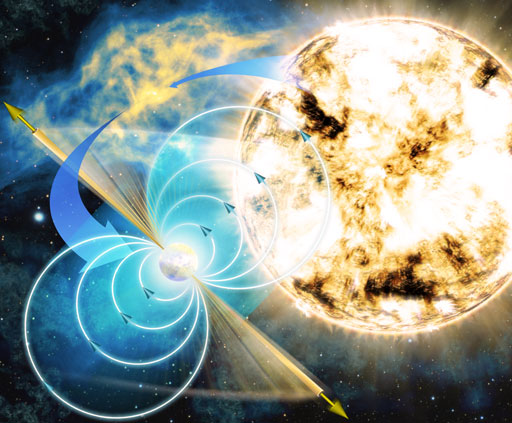Proton-Proton Cycle Question: Why is the Mass of a Helium Nucleus Less Than the Sum of Four Hydrogen Nuclei?

Question:
Fusion takes 4 H-1 and ultimately makes 1 He-4, which has a smaller mass than the 4 protons. That’s the standard explanation for the sun’s energy. It is created from the lost mass via E=mc^2.
However, the neutrons are heavier than protons. So the He-4 formed ought to be slightly more in mass that the 4 H-1. Seems contradictory.
Answer:
Let’s do the calculation using atomic mass units (u) for the Hydrogen and Helium atoms involved. H = 1.00784 u while He = 4.002602 u. If we start with 4 Hydrogen atoms and we convert them into 1 Helium atom, we start with 4×1.00784 u = 4.03136 u of Hydrogen and end-up with 4.002602 u of Helium. The difference, 4.03136 – 4.002602 = 0.028758 u, or about 0.7%, of the original mass of 4 Hydrogen atoms is converted to energy. But why, then, is the mass of a Helium nucleus less than the sum of the mass of its four constituents (2 protons and 2 neutrons)? The difference is the binding energy in the Helium nucleus, called a “mass defect”, which lowers the actual mass of the Helium nucleus slightly.





